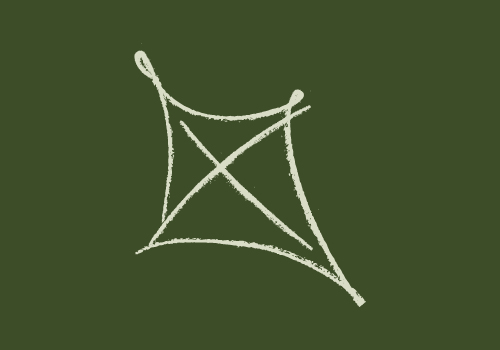
Te whakaemi Te whakaemi – Collecting
Have fun in the outdoors collecting objects together with tamariki. It's a fun, low-cost,-no-cost way to teach them about nature and to strengthen their observational skills.
Why do it?
Starting collections of outdoor objects helps your tamariki to:
- have fun and enjoy exploring places and finding things
- strengthen their observation skills by looking for things in their environment
- learn new or different words and use them in conversations
- become familiar with what lives in different places like te ngahere , te moana , the garden and the beach, and how those creatures are connected to their environment
- learn to care for their environment and other living things
- explore early maths skills like sorting and grouping when looking through what they’ve collected
How to do it
All that is needed is a willing adult, a container and some time.
- Wherever you and your tamaiti go, have a container or two to put things in. An ice cream container or bucket is ideal.
- Talk about leaving living things where they live and only choose things that won’t be harmed by being put in a container.
- Encourage your tamaiti to look for a variety of different things.
- Whatever goes into the container can be a prompt for interesting conversations when you stop and explore your collection together.
- At the beach you may find a mixture of natural materials like shells, stones and seaweed, but there might also be pieces of glass, metal or plastic. This is a good time to talk about caring for our world.
- Talk about and decide whether you leave the things behind when you go or whether it’s okay to take some things home to keep exploring and learning about.
- Collect things that are the same but different, such as a variety of different leaves, twigs, shells, stones, flowers, bottle tops and lids.
- Ask them for their ideas about how to group things. There will be lots of different ways to categorise them: by colour, shape, size, length, weight, and what things are made of or used for.
- Use open-ended questions to help them make groups of things that can ‘belong together’ or ‘be a family’ (sorting). Ask questions about which items are:
- heavy or light
- big or small
- dry or wet
- rough or smooth
- have a smell or not
- used to move or have never moved
- from nature or made by humans, and so on.
Other ideas — Ētahi atu whakaaro
- How about grouping your collection(s) according to the atua the things that are connected with? For example:
- Tangaroa — god of the sea
- Tāne-mahuta — god of the forests and birds
- Tāwhirimātea — god of weather and storms
- Tūmatauenga — god of war, hunting, fishing and agriculture
- Rongo — god of peace and cultivated plants
- Haumia-tiketike — god of wild food plants
- Rūaumoko — god of earthquakes, volcanoes and seasons.
- Focus on a characteristic such as colour or shape, for example:
- Have a ‘red day’ when you wear red clothes and eat red fruit and vegies.
- Go for a walk and look for things made out of, say, wood or metal.
- Make collage pictures with things you and your tamaiti have collected. Use glue or double-sided tape. An example theme could be ‘All the leaves we found in the garden’.
- Sort the laundry with your tamaiti: match pairs of socks and sort clothing according to who wears it.
Using more te reo Māori
| Te reo Māori | English |
|---|---|
| Rite tonu, ōrite | Same |
| Rerekē | Different |
| Kohikohi | Collect, gather together |
| I hangaia i | Made of |
| I hangaia i te rākau | Made of wood |
| Wehewehe | Sort |
| Te tae ōrite | Same colour |
| Ōrite te āhua | Similar in shape |
| Rite tonu te tae o ēnei mea | These things are the same colour |
| He aha te tae? | What colour is it? |
| Whero | Red |
| He rerekē ngā āhua | They are different shapes |
| Nō wai pea tēnei awe? | Who could this feather belong to? |
| Nō te manu | It belongs to a bird |
| Ko wai te whānau o ngā angaanga? | Whose family do the shells belong to? |
| Nō te whānau o Tangaroa pea? | Maybe it's Tangaroa's whānau? |
| He aha ai? | Why? |











